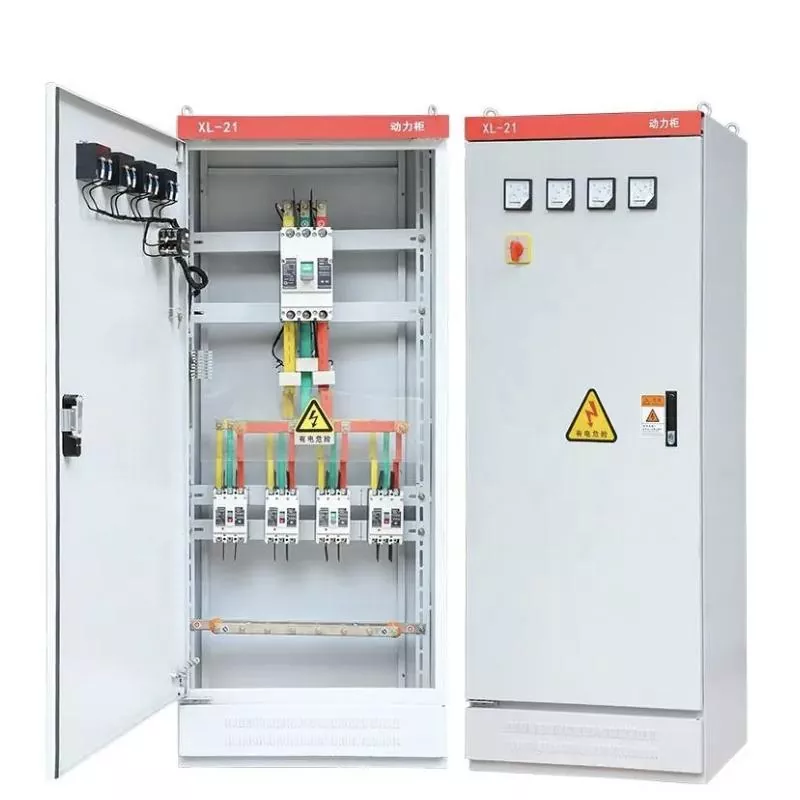What is Switchgear and What is Its Primary Function?
2025-02-12
When it comes to electrical power systems, efficiency, dependability, and safety are critical. Switchgear is among the most important parts that guarantee these features. However, what is switchgear and how does it function in electrical networks? We will examine the fundamentals of switchgear, its varieties, and its main purposes in this blog.
Comprehending Switchgear
To manage, safeguard, and isolate electrical equipment, switchgear is a group of electrical devices that includes disconnect switches, fuses, and circuit breakers. Whether used in commercial, residential, or industrial settings, it is crucial to electrical power systems because it helps control power distribution and guards against system damage from electrical failures.

Types of Switchgear
Switchgear is classified into three main categories based on voltage levels:
1. Low Voltage (LV) Switchgear – Used in applications up to 1 kV, commonly found in residential and commercial buildings.
2. Medium Voltage (MV) Switchgear – Operates between 1 kV and 36 kV and is typically used in industrial plants and utility substations.
3. High Voltage (HV) Switchgear – Handles voltages above 36 kV and is used in power transmission and large-scale distribution systems.
Primary Functions of Switchgear
Switchgear plays a vital role in the efficient operation of electrical systems. Some of its key functions include:
1. Protection – One of the main purposes of switchgear is to protect electrical equipment from faults such as short circuits and overloads. Circuit breakers and fuses automatically disconnect the power supply when an abnormality is detected, preventing damage to the system.
2. Control – Switchgear allows operators to control the flow of electricity by switching circuits on or off as needed. This ensures that power distribution is optimized and that maintenance can be performed safely.
3. Isolation – In case of maintenance or emergencies, switchgear isolates faulty sections of the electrical network, allowing repairs to be carried out without disrupting the entire system.
4. Regulation of Power Supply – Switchgear helps in maintaining stable voltage levels, preventing fluctuations that could harm connected devices.
5. Enhancing System Reliability – By ensuring smooth operation and quick response to faults, switchgear improves the overall reliability and efficiency of power systems.
An integral part of electrical power systems, switchgear is vital for efficiency, control, and protection. Switchgear guarantees the safe and dependable distribution of electricity in power networks, industrial facilities, and residential buildings. Electrical systems are becoming even more intelligent and efficient thanks to the emergence of smart and digital switchgear solutions brought about by technological advancements.
Maintaining a strong and secure electrical network requires an understanding of switchgear and its principal purposes. Understanding the significance of switchgear can assist anyone interested in electrical systems, whether they are engineers, technicians, or others, in making wise choices regarding safety and power management.
TOONICE, a distinguished manufacturer, delivers high-quality switchgear solutions at competitive rates, ensuring reliability and affordability in the electrical sector. We set ourselves apart by offering economical solutions without sacrificing quality. Our streamlined production processes enable us to provide switchgear that adheres to industry standards while remaining cost-effective.Visit our website at www.toonicele.com to learn more about our products. For inquiries, you can reach us at jack@toonicele.com.




